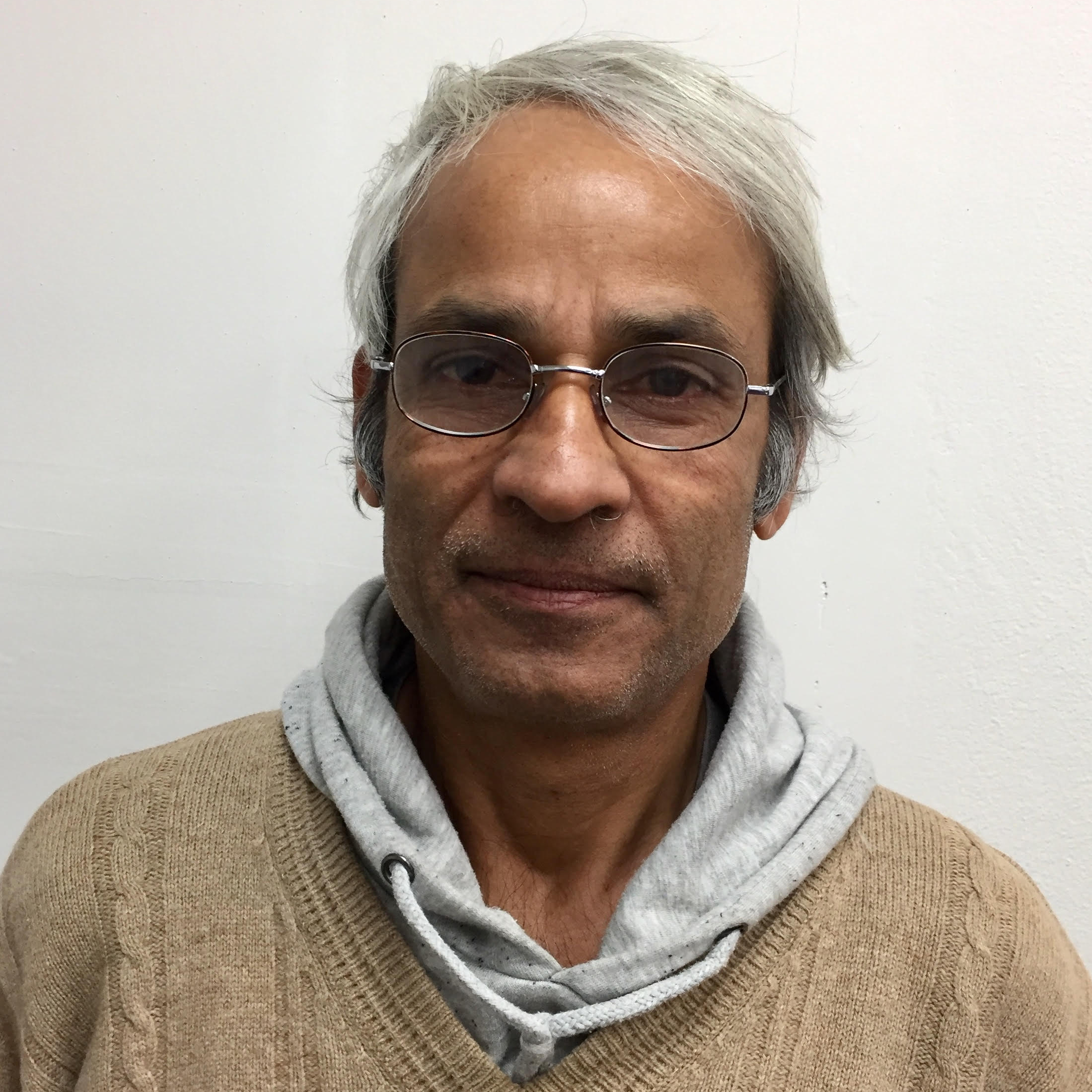Opinion
Two years on
Gorkha, the epicentre of the great earthquake, still wears a look of devastation. Taking a walk outside the district headquarters, one can see houses in ruins, and people living in huts even after more than two years since the tragedy.
Jagannath Adhikari
Gorkha, the epicentre of the great earthquake, still wears a look of devastation. Taking a walk outside the district headquarters, one can see houses in ruins, and people living in huts even after more than two years since the tragedy. Entire families are huddled in one large room. The quake survivors have not built new houses even though they know that the government gives a grant of Rs300,000 to each household. The chief district officer (CDO) who heads the District Disaster Reduction Committee said that 58,503 families in the district lost their homes. Considering that there were about 72,000 families in 2015, an estimated 81 percent of the houses were destroyed. This shows the huge scale of destruction.
Accordingly, the government had announced that each family whose house was damaged would get a grant of Rs300,000 in three instalments. About a year ago, 54,000 families received the first instalment of Rs50,000 each. Only about 3,000 families turned up to receive the second instalment. This essentially means that people have not built their houses. “I have not rebuilt my damaged house as I don’t have enough money,” said Gopal Gharti who lives in Laxmi Bazaar near the district headquarters. He took the first instalment but has not started building his house. Most probably he will not rebuild his house, and so will not be eligible to receive further funding. He has patched it up and torn down the first storey which was severely damaged.
The reasons
There are several reasons why earthquake survivors have not returned to receive subsequent instalments of the government grant. One, they don’t have enough money to build their homes. Two, they can’t get the second and third instalments because they have not started construction. They have seen how homeowners who rebuilt their houses were not able to get the second instalment because they failed to meet the technical requirement specified by the government.
“Engineers came to check the house that I started building. They suggested to me to put the staircase inside the house. That would mean one less room, so I decided to put the staircase outside, but followed all the norms. The engineers said they would not give approval saying that it violated government regulations,” said Devi Ram Devkota. As a result, he does not expect to receive further instalments.
About 5,000 families that have rebuilt their houses on their own without government permission are not entitled to receive the grant. In fact, they started rebuilding their homes after being fed up with the slow process of aid distribution. They went ahead and rebuilt their homes although they knew they would become ineligible for government grants if they did so. Now it is not sure whether these buildings meet earthquake-resistant building norms.
There is another reason behind the delay in reconstruction and misuse of the first instalment. The money was issued just before the Dashain festival, and much of it was spent on buying clothes and food for the celebration. As a result, people could not start rebuilding their homes and did not come to get the second installment.
‘Building back better’, the slogan publicised after the earthquake, thus remains a mere slogan. It does not look likely that a large number of families will be able to rebuild their homes anytime soon. Many of them have repaired their damaged houses as much as possible. In many cases, the damaged upper stories were removed and broken portions were fixed.
New local bodies
The CDO and other officials admit that the terms and conditions for providing government aid and the building codes developed for the houses were strict and rigid. The government has provided 17 building designs. Technicians monitoring the construction work only know that they are to be followed strictly. They do not know that the building designs are only guidelines, and that any construction style that does not compromise the basic goal is within government norms. The CDO seems to realise this. He said, “The government is in the process of revising the conditions.”
It is distressing that people have suffered a lot which could have been avoided if support had been provided efficiently and effectively. Last year alone, it is estimated that about Rs4 billion entered the district through 150 NGOs and INGOs. In addition, the government has put together a huge war chest to help earthquake survivors. But the results do not match the amount of funds available and spent.
Even though ‘Building back better’ has become a dead dream, people feel that the new political and administrative units that have been established recently will lead to greater efficiency in aid distribution. It is yet to be seen how effective these local units will be. Nevertheless, it is likely that they will be in a better position to deal with disasters like the great earthquake of 2015 than the central government.
- Adhikari is a human geographer with an interest in development planning




 18.12°C Kathmandu
18.12°C Kathmandu










